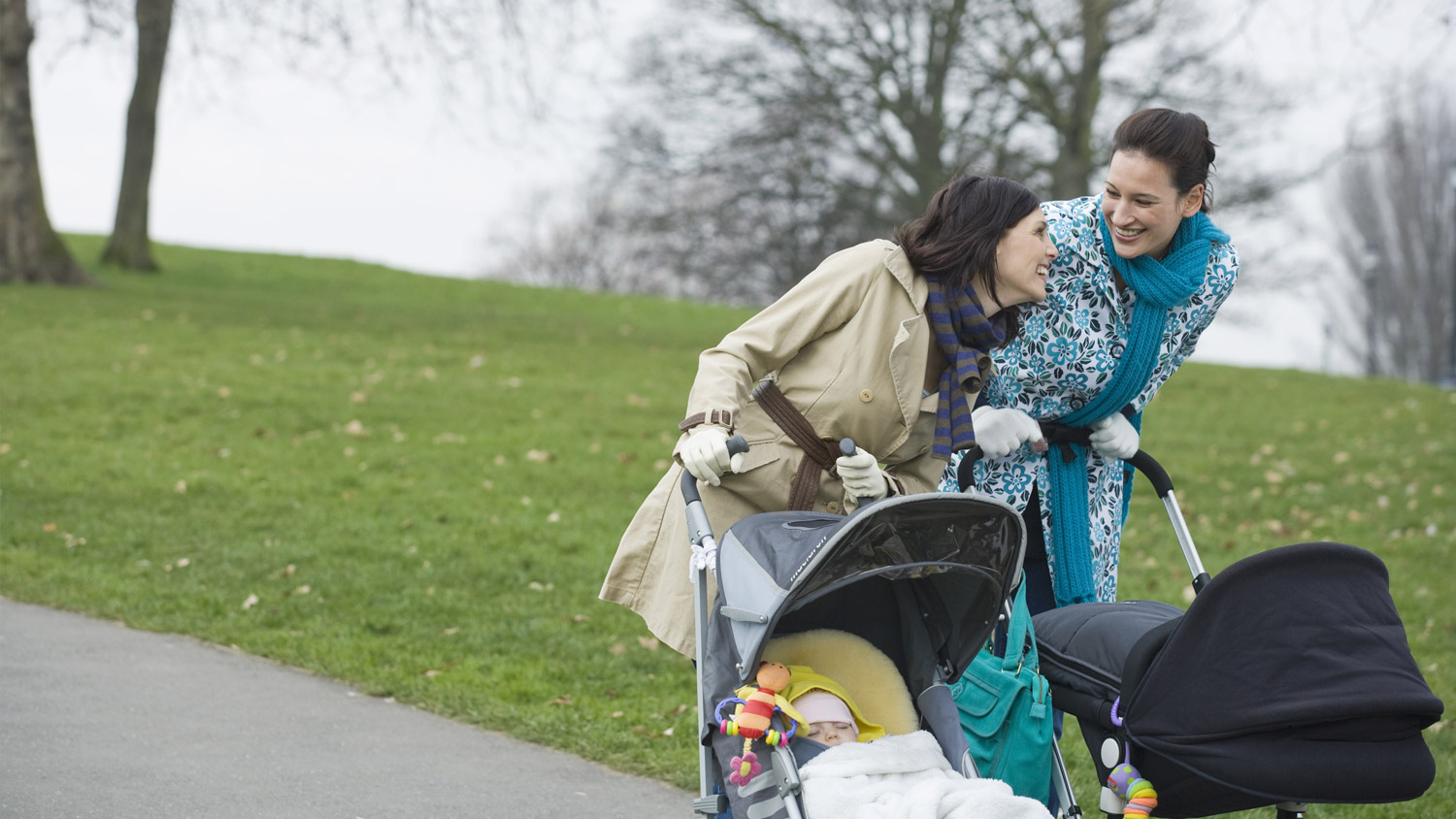In a previous article, we discussed “7 Ridiculous Breastfeeding Myths You Need to Know”. Our goal was to address some of the misinformation and misunderstandings that are commonly spread about breastfeeding. Since breastfeeding myths are so widespread, we decided to do a second article to debunk some more of them! Here are a few more common breastfeeding myths – and the truth about each.
Myth:
Your breastfed baby can never have a bottle.
Truth:
Health Canada and the Canadian Paediatric Society recommend babies receive breastmilk exclusively for the first 6 months of life, and continue receiving it with complimentary foods for 24+ months. Over that time period, it’s likely at some point, for whatever reason, your baby will be consuming breastmilk from a bottle. Some mothers need to go back to work as soon as possible, and more and more dads are taking parental leave, or staying at home full-time. So, it’s expected that your baby will have a bottle of expressed breastmilk at some point, even if you are still breastfeeding.
What you should look for is a feeding solution that requires your baby to actively suck, swallow and breathe in a similar way from the teat and bottle as she would at the breast, like with Calma. This will allow your baby to apply a similar feeding behaviour learned at the breast, when drinking expressed breastmilk, allowing for a transition between breast and Calma – and back to breast again.
Myth:
Drinking more water and eating healthier food will help you to produce more milk.
Truth:
Your breasts respond to your baby’s needs. The more your baby nurses, the more milk your breasts will produce. Your diet and water intake are important for your overall health, but do not have much of an effect on your breastmilk supply. Breastfeeding women don’t need to worry about eating certain foods or drinking lots of water in order to make breastmilk; just eat a balanced, nutritious diet and drink enough water to stay hydrated and feeling good.
That being said, in our recent article on taste preference, we discuss that food you eat while breastfeeding can expose your baby to a variety of flavours, helping to make them less picky eaters later in life.
Myth:
Breastfeeding is a fool-proof birth control method.
Truth:
Breastfeeding can delay return of menstrual cycle and affect the levels of certain fertility hormones. This seems to have been nature’s way of helping to ensure a safe spacing between children. However, breastfeeding is not a reliable birth control method.
It is definitely still possible to get pregnant while you’re breastfeeding. According to data from Planned Parenthood, about 2 out of 100 women who continuously breastfeed, will still become pregnant in the first six months. So if you aren’t ready to get pregnant again, consider using another form of birth control in addition to breastfeeding.
Myth:
Breastfeeding babies don’t need extra vitamin D.
Truth:
Myth:
Women with inverted or flat nipples can’t breastfeed.
Truth:
Breasts and nipples come in all shapes and sizes. The size of your breasts doesn’t really matter for your milk supply and the same is true for the shape of your nipples. It’s true that some nipples are often a bit easier for the baby to latch onto than others, but if you have concerns there are some tools such as Nipple Formers and Contact Nipple Shields to help out.
What are some other questionable breastfeeding myths that you’ve heard? Leave a comment and let us know – or join the discussion on the Medela Singapore Facebook page!




 KR
KR

















